Optimal Timing for Foundation Repairs
Foundation repairs are most effectively performed during specific times of the year when soil conditions and weather patterns favor stable and lasting results. Proper timing can help prevent further damage and reduce repair costs. Understanding seasonal factors is essential for scheduling repairs optimally.
Spring offers moderate weather and soil conditions that facilitate foundation work, reducing delays caused by extreme cold or heat.
Summer provides longer daylight hours and consistent temperatures, but high temperatures and dry soil can pose challenges for certain repair methods.
Fall typically provides cooler temperatures and moist soil, which can be ideal for foundation repairs before winter sets in.
Winter conditions, including freezing temperatures and snow, can hinder repair work and impact the effectiveness of certain techniques.
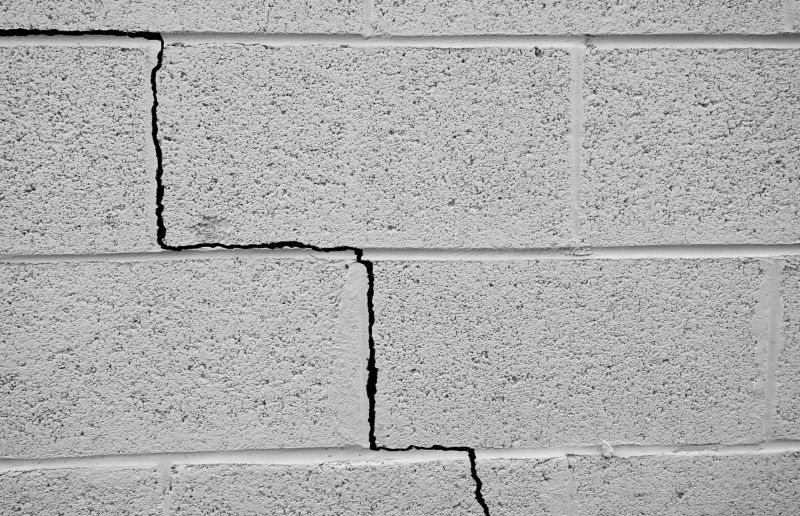
Cracks in the foundation indicating shifting or settling.
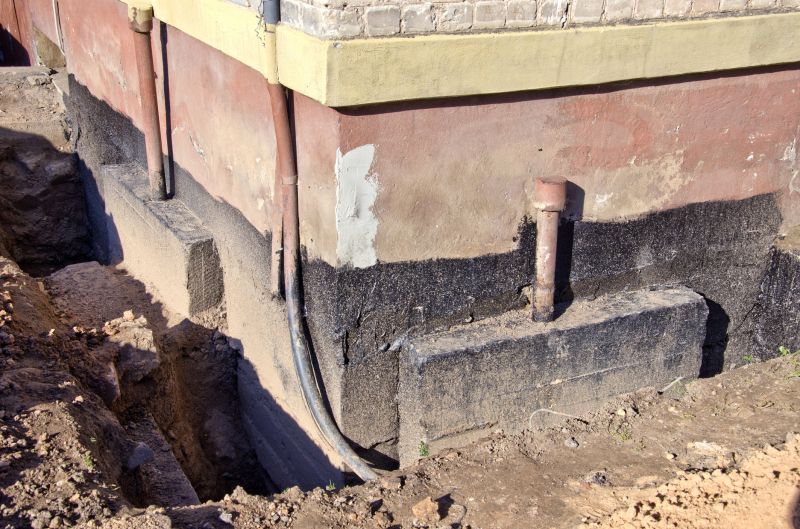
Soil expanding or contracting due to moisture changes.
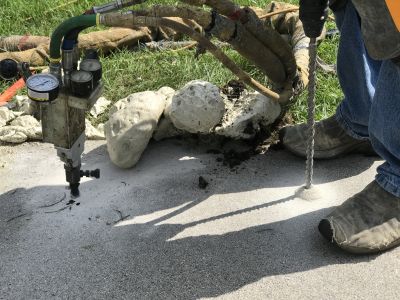
Tools and machinery used for foundation stabilization.
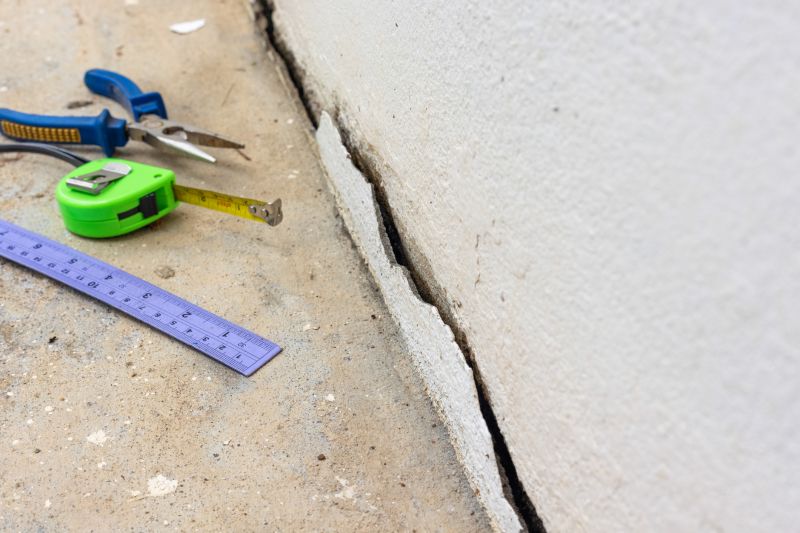
Ways to make Foundation Repairs work in tight or awkward layouts.
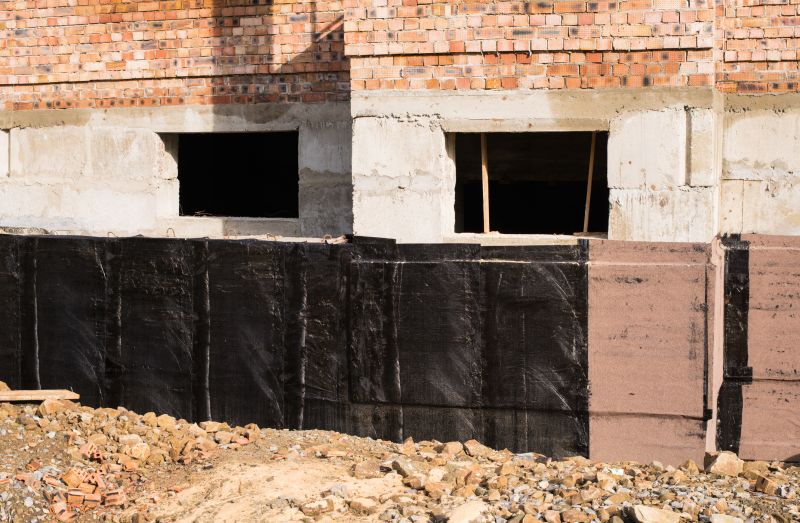
Popular materials for Foundation Repairs and why they hold up over time.
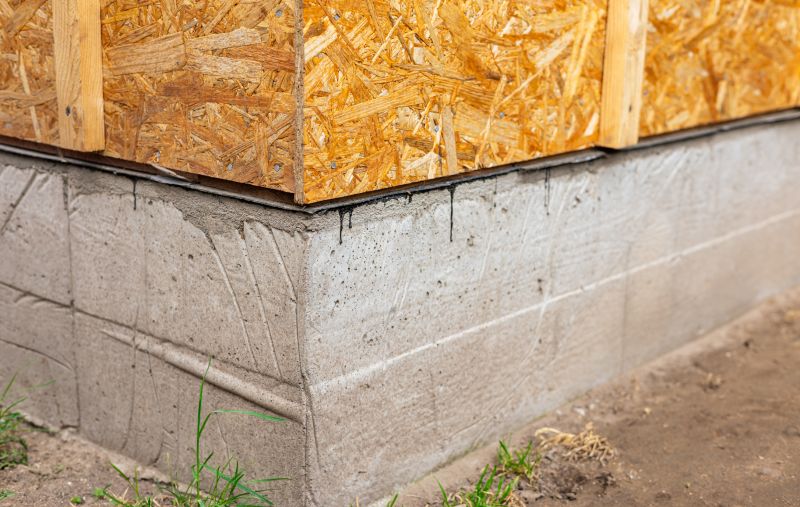
Simple add-ons that improve Foundation Repairs without blowing the budget.
| Season | Ideal Conditions for Repairs |
|---|---|
| Spring | Moderate temperatures and soil moisture support stable repairs. |
| Summer | Longer days and consistent weather but watch for heat stress. |
| Fall | Cooler temperatures and moist soil are optimal. |
| Winter | Generally unsuitable due to freezing temperatures and snow. |
Foundation repairs are critical for maintaining the structural integrity of a building. Addressing issues promptly can prevent further damage, reduce repair costs, and extend the lifespan of the property. Common problems include cracks, uneven settling, and shifting caused by soil movement, moisture changes, or poor initial construction. Timely repairs involve various techniques such as underpinning, piering, or slab stabilization, tailored to the specific foundation type and damage severity.
Statistics indicate that foundation issues affect approximately 25% of homes in regions with expansive soil conditions, leading to costly repairs if not addressed early. Proper timing of repairs can improve effectiveness, especially when soil conditions are stable. Seasonal considerations, such as soil moisture levels, play a significant role in the success of foundation stabilization efforts.
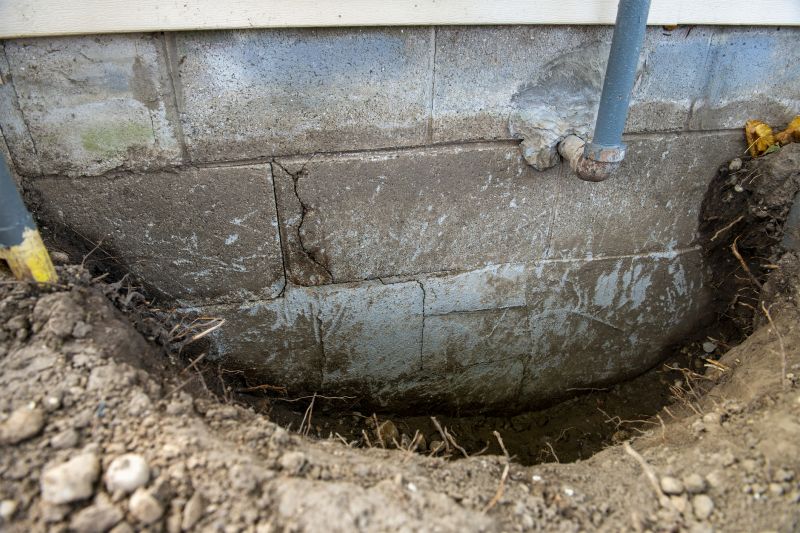
Uneven settling causing cracks and structural issues.
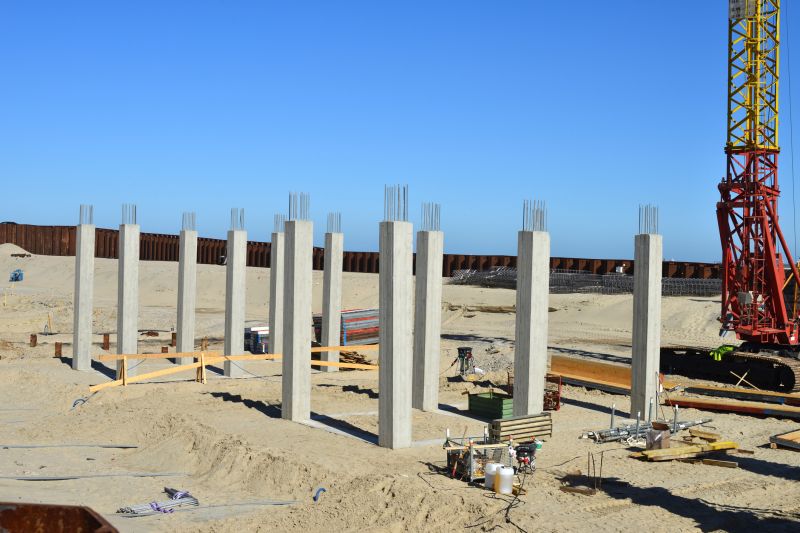
Supporting structures to stabilize foundations.

Water exerting pressure on basement walls.

Assessing soil conditions before repairs.
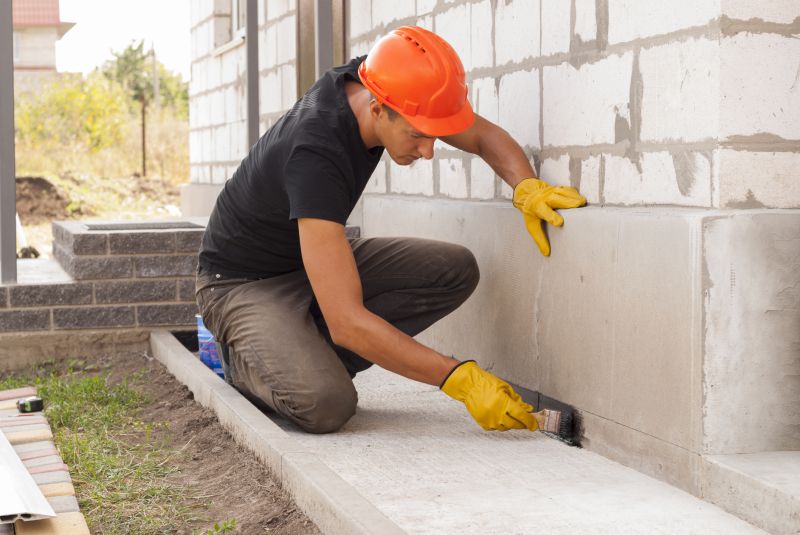
High-end options that actually feel worth it for Foundation Repairs.
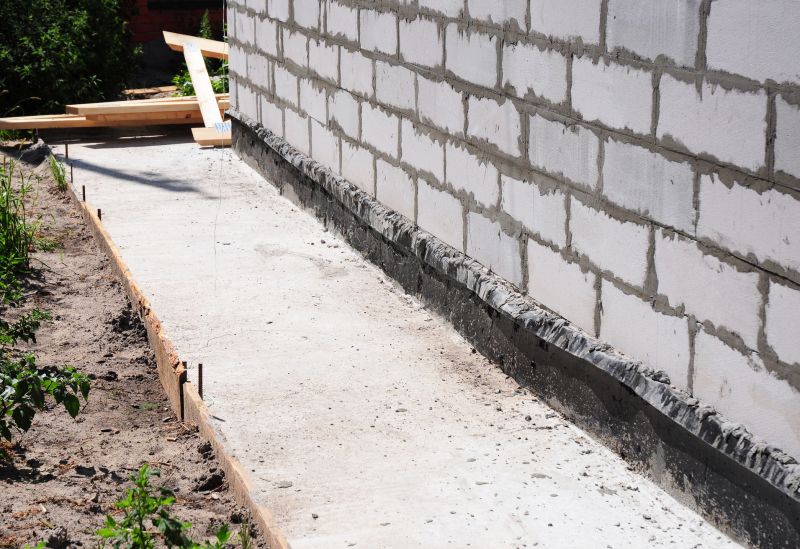
Finishes and colors that play nicely with Foundation Repairs.
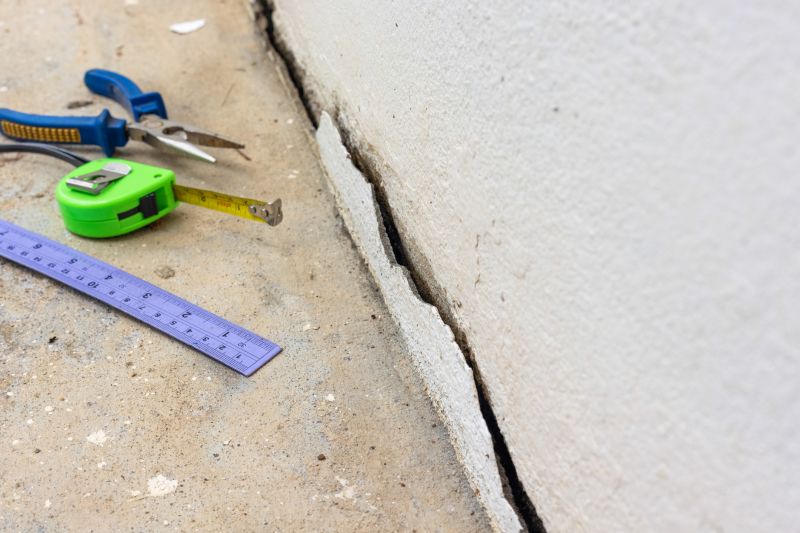
Little measurements that prevent headaches on Foundation Repairs day.
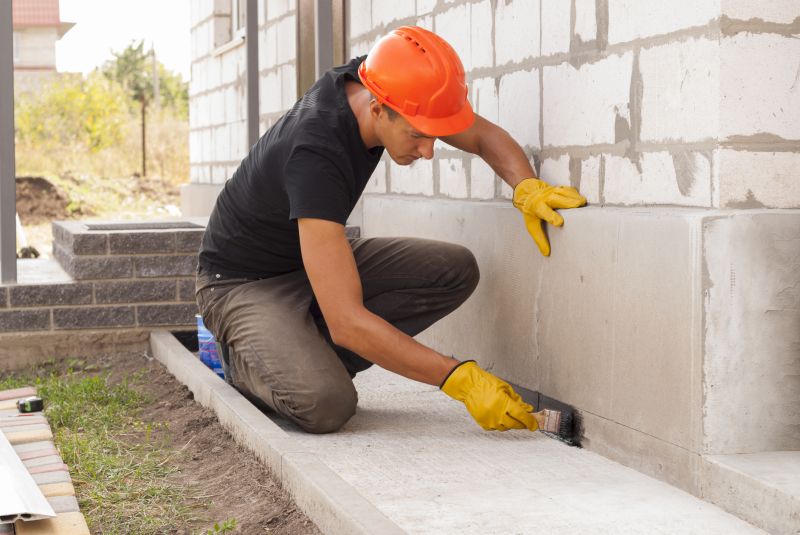
A 60-second routine that keeps Foundation Repairs looking new.
Interested property owners in Rice Lake, WI, can consider scheduling foundation inspections during optimal seasons to ensure the best results. Proper timing, combined with professional assessment, can significantly improve repair longevity and effectiveness.


